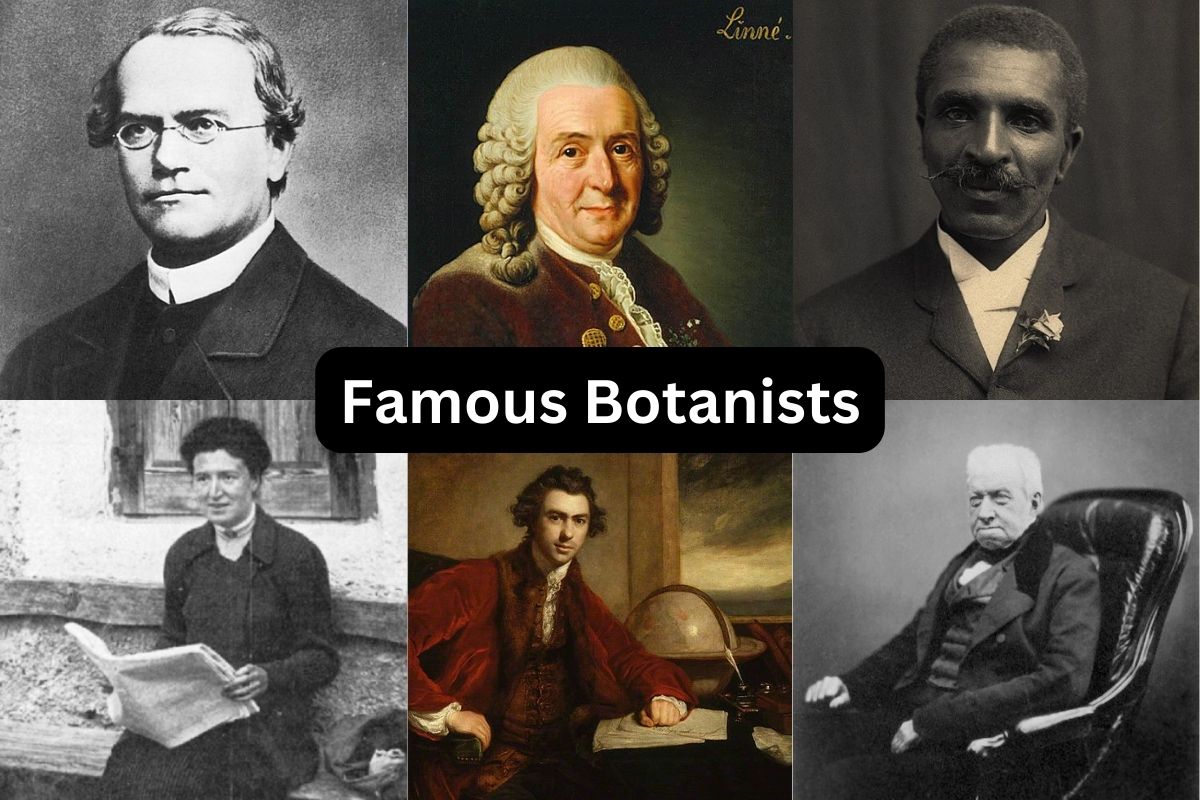Botanists, with their passion for plants and dedication to scientific inquiry, have made significant contributions to our understanding of the natural world.
From pioneering classification systems to groundbreaking discoveries in plant anatomy and evolution, famous botanists have left an indelible mark on the field of botany.
Their work has not only expanded our knowledge of the plant kingdom but has also influenced agriculture, medicine, ecology, and conservation.
In this exploration of famous botanists, we will delve into the lives and achievements of these remarkable individuals who have advanced the field of botany through their research and unwavering commitment to the study of plants.
Famous Botanists
1. Carolus Linnaeus
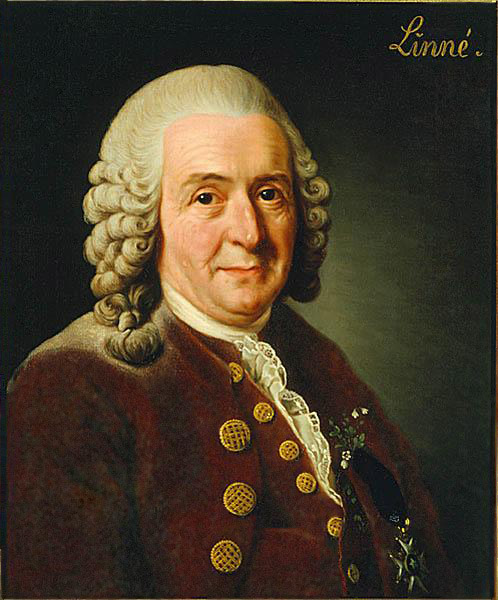
Carolus Linnaeus, born Carl Linnaeus on May 23, 1707, in Sweden, was a renowned botanist, physician, and zoologist. His contributions to the field of biology, particularly in taxonomy and classification, have had a lasting impact on the scientific community.
Also Read: Famous Naturalists
Linnaeus is best known for developing the binomial nomenclature system, a standardized method of naming and classifying organisms. Prior to his system, the naming of plants and animals was often inconsistent and confusing.
Linnaeus introduced a simple and universal format where each organism is assigned a unique two-part Latin name consisting of a genus and a species. This system allowed for easier identification and communication among scientists.
One of Linnaeus’s most significant works is his book “Systema Naturae.” First published in 1735, it underwent several editions and expansions throughout his lifetime. The book presented a comprehensive classification of plants, animals, and minerals, and laid the groundwork for modern taxonomy.
Linnaeus’s contributions extended beyond taxonomy. He also made significant contributions to the study of botany. He developed a system for categorizing plants based on their sexual reproductive structures, such as stamens and pistils.
This system, known as the Linnaean sexual system, allowed for the identification and classification of plants based on their reproductive characteristics.
Throughout his career, Linnaeus trained and mentored numerous students who went on to become influential botanists and naturalists in their own right. His teachings and methodologies spread throughout Europe and beyond, contributing to the standardization of scientific practices in the study of plants and animals.
2. Gregor Mendel
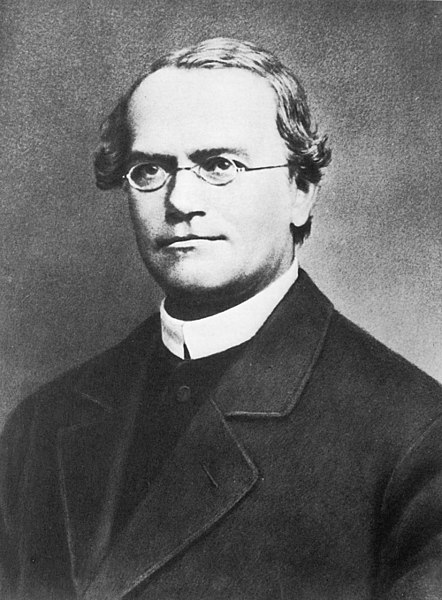
Gregor Mendel (1822-1884) was an Augustinian friar and scientist who is widely recognized as the “Father of Genetics.” Through his experiments with pea plants, Mendel established the fundamental principles of heredity, providing the basis for our understanding of inheritance.
Mendel was born on July 20, 1822, in what is now the Czech Republic. He entered the Augustinian Abbey of St. Thomas in Brno and later pursued studies in mathematics and natural sciences at the University of Vienna.
Mendel’s groundbreaking work on inheritance began in the 1850s when he conducted experiments on garden pea plants (Pisum sativum) in the monastery’s garden. He meticulously crossbred different varieties of pea plants and carefully observed the traits passed on to subsequent generations.
Through his experiments, Mendel discovered and formulated the principles of inheritance that are now known as Mendelian genetics. He proposed that traits are passed on from parent to offspring in discrete units, which we now refer to as genes. Mendel identified dominant and recessive traits and described the concept of alleles, alternate forms of a gene that can determine different characteristics.
Mendel’s findings were published in 1866 in a paper titled “Experiments on Plant Hybridization,” but unfortunately, his work initially went largely unnoticed by the scientific community. It wasn’t until the early 20th century, well after Mendel’s death, that his work was rediscovered and recognized for its significance.
Mendel’s experiments and principles laid the foundation for the field of modern genetics. His work formed the basis for later discoveries, such as the understanding of genetic inheritance in humans and the development of the chromosome theory of inheritance.
3. George Washington Carver
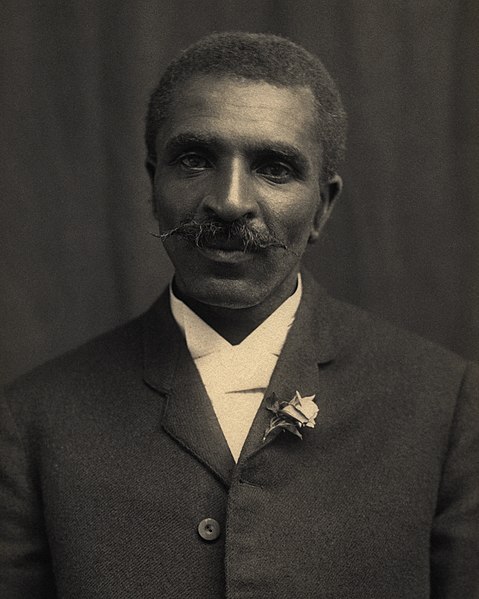
George Washington Carver (1860s-1943) was an American botanist, agricultural scientist, and inventor. He made significant contributions to agricultural science, particularly in the field of crop rotation and the utilization of peanuts, sweet potatoes, and soybeans.
Born into slavery in the 1860s, Carver faced numerous challenges and overcame them to become one of the most influential scientists of his time. He pursued an education in agriculture and botany, earning a Bachelor’s degree from Iowa State Agricultural College (now Iowa State University) and a Master’s degree in botany.
Carver’s research and innovations focused on improving the agricultural practices of Southern farmers, who were heavily dependent on a single crop, cotton, which depleted the soil’s nutrients.
Carver emphasized the importance of crop rotation, encouraging farmers to alternate cotton with crops such as peanuts, soybeans, and sweet potatoes. These crops helped replenish soil nutrients, improved soil quality, and provided alternative sources of income for farmers.
One of Carver’s most significant contributions was his extensive research and promotion of peanuts. He developed various products and techniques for using peanuts, including peanut butter, cooking oils, cosmetics, and dyes. Carver’s work helped popularize the cultivation of peanuts and expanded their economic value, offering farmers a profitable alternative to cotton.
Carver also explored the potential uses of sweet potatoes and soybeans. He developed over 100 products derived from sweet potatoes, including flour, starch, synthetic rubber, and molasses. Additionally, he recognized the nutritional value of soybeans and promoted their cultivation and utilization.
Carver’s work went beyond agricultural innovations. He was an advocate for environmental sustainability, promoting practices such as soil conservation and the use of organic fertilizers. He also worked on improving nutrition and developed methods for preserving and preparing food.
4. Joseph Banks
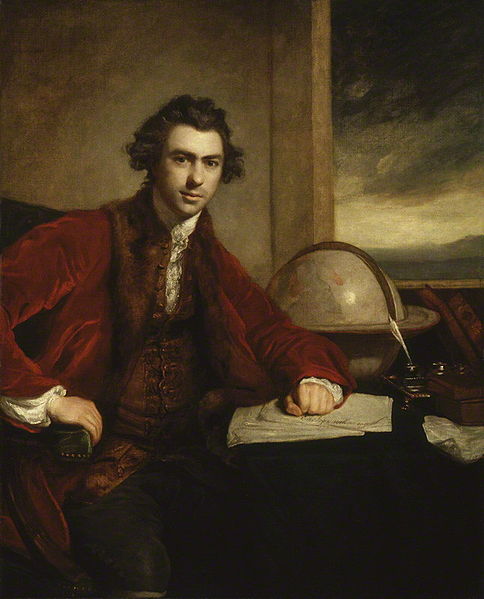
Sir Joseph Banks (1743-1820) was an influential English botanist, naturalist, and explorer who made substantial contributions to the field of botany.
He is best known for his involvement in Captain James Cook’s first voyage to the Pacific, where he meticulously documented and collected thousands of plant specimens, greatly expanding European knowledge of plant diversity in the region.
As the president of the Royal Society, Banks played a crucial role in promoting scientific research and exploration. He established the renowned Royal Botanic Gardens, Kew, which became a center for botanical research and collection.
Banks’s extensive botanical collections and collaborations with other scientists resulted in significant publications that continue to be valuable resources for researchers.
His work has had a lasting impact on the field of botany, advancing our understanding of plant diversity and fostering botanical exploration and research.
5. Agnes Arber
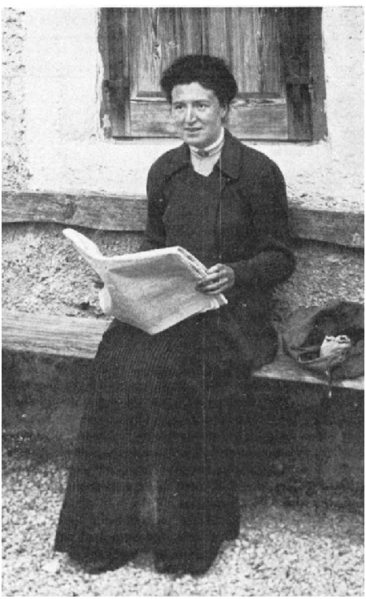
Agnes Arber (1879-1960) was a distinguished British botanist known for her extensive research on plant anatomy, morphology, and evolution.
Her meticulous observations and innovative techniques significantly advanced our understanding of flowers, plant reproductive structures, and the evolutionary relationships of angiosperms.
Arber’s notable publication, “The Gramineae: A Study of Cereal, Bamboo, and Grass,” provided comprehensive insights into the grass family, offering detailed analyses of their structures and adaptations.
As the first woman botanist to be elected as a Fellow of the Royal Society, Arber broke barriers and paved the way for gender equality in science. Her pioneering work continues to inspire botanical research, while her advocacy for women scientists remains an enduring legacy.
6. Charles Darwin
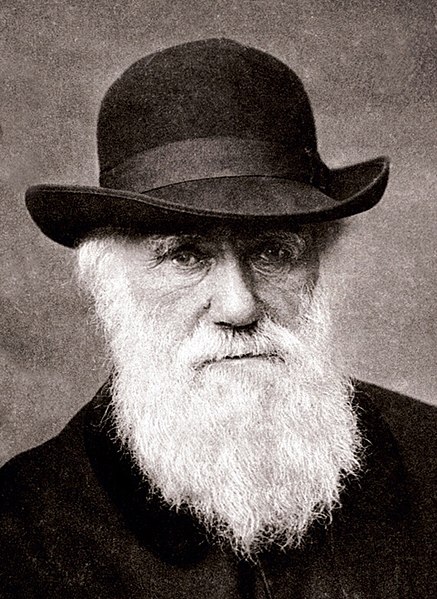
Charles Darwin (1809-1882) was an eminent English naturalist and biologist who revolutionized our understanding of the natural world. His theory of evolution by natural selection, expounded in his seminal work “On the Origin of Species,” remains one of the most influential scientific theories of all time.
Published in 1859, Darwin’s groundbreaking ideas proposed that species evolve over time through the process of natural selection, where individuals with favorable traits have a better chance of survival and reproduction.
Darwin’s work on evolution extended beyond the human realm, encompassing the entire living world. He conducted extensive research on plant adaptations, carefully studying the structures, functions, and reproductive mechanisms of various plant species.
His investigations into topics like pollination and co-evolution shed light on the complex relationships between plants and other organisms.
In addition to his contributions to evolutionary biology, Darwin’s scientific methods and rigorous approach continue to inspire researchers to this day. He emphasized the importance of observation, evidence-based reasoning, and meticulous documentation, setting high standards for scientific inquiry.
Darwin’s scientific legacy extends beyond his theory of evolution, permeating the fields of genetics, ecology, and beyond.
7. Robert Brown
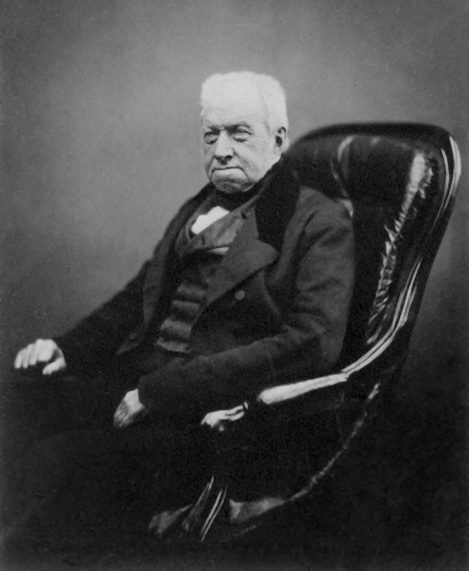
Robert Brown (1773-1858) was a Scottish botanist and biologist who made significant contributions to various fields of science, including botany, microscopy, and the study of plant cells. He is best known for his discovery of Brownian motion and his research on the cell nucleus.
Born on December 21, 1773, in Montrose, Scotland, Brown had a keen interest in botany from a young age. He embarked on a career as a botanist and participated in several scientific expeditions, including Captain Matthew Flinders’ circumnavigation of Australia.
One of Brown’s most notable contributions was his discovery of Brownian motion, which he observed in 1827 while examining pollen grains suspended in water.
He noticed that the particles exhibited erratic movement, now known as Brownian motion, caused by the random collisions of water molecules. This phenomenon provided evidence for the existence of atoms and molecules and had far-reaching implications for various branches of science.
Brown also made significant advancements in the study of plant cells. In 1831, he observed a distinct structure within plant cells that he named the “nucleus.” His discovery of the cell nucleus marked an important milestone in our understanding of cell biology and laid the groundwork for further research on cellular structures and functions.
Additionally, Brown made significant contributions to the taxonomy and classification of plants. He collected and described numerous plant species from various parts of the world, including Australia, Africa, and South America. His collections formed the basis for many botanical studies and are still valuable resources today.
8. Luther Burbank
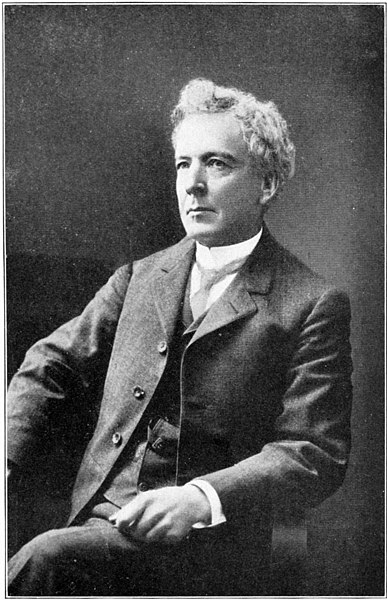
Luther Burbank (1849-1926) was an American horticulturist, botanist, and plant breeder known for his extensive work in plant breeding and the development of new plant varieties. He made significant contributions to agricultural science and played a crucial role in improving crop plants.
Born on March 7, 1849, in Lancaster, Massachusetts, Burbank exhibited an early interest in plants and gardening. He conducted numerous experiments and crossbreeding projects to create new plant varieties with desired traits.
Burbank’s work focused on enhancing crop productivity, disease resistance, and the overall quality of plants. He conducted thousands of experiments and introduced over 800 new plant varieties throughout his career. Some of his notable creations include the Burbank potato, the Shasta daisy, and the Santa Rosa plum.
One of Burbank’s significant achievements was his development of improved fruit and vegetable varieties. He sought to create plants that were more flavorful, disease-resistant, and adaptable to various environmental conditions. Burbank’s innovations in plant breeding allowed for the production of superior crops and significantly impacted agriculture.
Beyond his work with fruits and vegetables, Burbank also worked on ornamental plants, developing new flower varieties appreciated for their beauty and resilience. His efforts in hybridizing and improving flowers contributed to the diversity and aesthetics of garden plant collections.
9. David Bellamy

David Bellamy (1933-2019) was a prominent British environmentalist, conservationist, and broadcaster. He dedicated his life to raising awareness about environmental issues and advocating for the protection of nature.
Born on January 18, 1933, in London, England, Bellamy had a passion for the natural world from a young age. He earned a PhD in ecology from the University of London and embarked on a career as a botanist and environmental campaigner.
Bellamy became well-known through his television programs, where he presented educational documentaries focused on nature and environmental conservation. His charismatic and enthusiastic style made him a beloved figure in the public eye, and he became a household name in the United Kingdom.
Throughout his career, Bellamy championed various environmental causes, including the preservation of habitats, conservation of endangered species, and the fight against pollution and climate change. He was a vocal advocate for biodiversity and the importance of protecting ecosystems for the well-being of both humans and the planet.
Bellamy’s work extended beyond television. He actively engaged in fieldwork, research, and writing, sharing his knowledge and passion for the natural world. He authored numerous books on topics such as botany, ecology, and environmental issues, making scientific concepts accessible to a wide audience.
10. Asa Gray
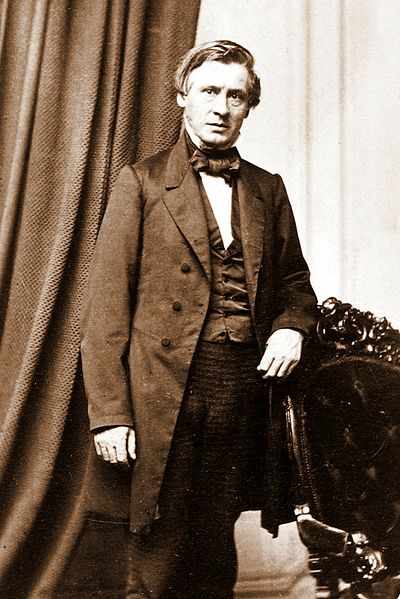
Asa Gray (1810-1888) was an influential American botanist who made significant contributions to the field of botany and played a crucial role in the development of plant taxonomy in North America.
Born on November 18, 1810, in New York, Gray had a deep passion for plants from an early age. He studied medicine at the College of Physicians and Surgeons in New York but soon shifted his focus to botany, becoming one of the leading botanists of his time.
Gray’s major contributions lay in the study of plant taxonomy and plant geography. He conducted extensive fieldwork across North America, documenting and classifying the diverse flora of the continent. Gray’s comprehensive knowledge of plant species and his meticulous descriptions paved the way for the development of plant identification and classification systems.
In 1848, Gray published his landmark work, “Flora of North America,” which became a significant reference for botanists studying the region. His work included detailed descriptions, illustrations, and classifications of thousands of plant species, making it an invaluable resource for botanical research and education.
Additionally, Gray had a close relationship with Charles Darwin, with whom he corresponded extensively. He played a vital role in promoting Darwin’s ideas on evolution and natural selection in the United States. Gray’s support and advocacy contributed to the acceptance and spread of Darwin’s theory in the scientific community.
Gray was a prolific writer and authored numerous scientific publications throughout his career. He was also a dedicated educator, serving as a professor of botany at Harvard University and inspiring generations of botanists through his teaching and mentorship.
